Supportive Regulatory Environment
The regulatory environment in Japan plays a pivotal role in shaping the gamma knife market. The government has established supportive policies that facilitate the approval and adoption of advanced medical technologies. Regulatory bodies are actively promoting the use of gamma knife systems by streamlining the approval process and providing guidelines for their safe and effective use. This supportive framework encourages healthcare providers to invest in gamma knife technology, knowing that they are operating within a well-regulated environment. As a result, the gamma knife market is likely to benefit from increased adoption rates and a more favorable landscape for innovation and development.
Increasing Incidence of Brain Disorders
The rising prevalence of brain disorders in Japan is a crucial driver for the gamma knife market. Conditions such as brain tumors, arteriovenous malformations, and trigeminal neuralgia are becoming more common, leading to a heightened demand for effective treatment options. According to recent health statistics, the incidence of brain tumors has increased by approximately 3% annually in Japan. This trend suggests that healthcare providers are increasingly turning to advanced technologies like gamma knife radiosurgery, which offers a non-invasive alternative to traditional surgical methods. The gamma knife market is thus positioned to benefit from this growing patient population, as more individuals seek innovative solutions for their neurological conditions.
Advancements in Medical Imaging Technologies
The gamma knife market in Japan is significantly influenced by advancements in medical imaging technologies. Enhanced imaging modalities, such as MRI and CT scans, allow for more precise targeting of tumors and lesions, which is essential for the effective application of gamma knife treatment. These technologies improve the accuracy of treatment planning and patient outcomes, thereby increasing the adoption of gamma knife procedures. As imaging technologies continue to evolve, the market is likely to see a surge in demand for gamma knife systems, as healthcare facilities aim to provide the most effective and accurate treatments available. This trend indicates a promising future for the gamma knife market in Japan.
Growing Investment in Healthcare Infrastructure
Japan's commitment to improving healthcare infrastructure is a significant driver for the gamma knife market. The government has been investing heavily in modernizing hospitals and medical facilities, which includes the acquisition of advanced medical equipment like gamma knife systems. Recent reports indicate that healthcare spending in Japan is projected to reach approximately $500 billion by 2026, with a substantial portion allocated to cutting-edge technologies. This investment not only enhances the availability of gamma knife treatments but also encourages healthcare providers to adopt these innovative solutions. Consequently, the gamma knife market is likely to experience growth as more facilities integrate this technology into their treatment offerings.
Rising Awareness of Non-Invasive Treatment Options
There is a growing awareness among patients and healthcare professionals in Japan regarding the benefits of non-invasive treatment options, which is driving the gamma knife market. Patients are increasingly seeking alternatives to traditional surgery due to the associated risks and recovery times. Gamma knife radiosurgery offers a minimally invasive solution with shorter recovery periods and fewer complications. Surveys indicate that approximately 70% of patients prefer non-invasive treatments when available. This shift in patient preference is prompting healthcare providers to expand their offerings, thereby increasing the demand for gamma knife procedures. The gamma knife market is thus poised for growth as awareness continues to rise.


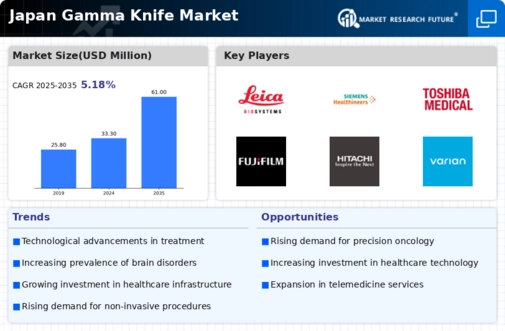
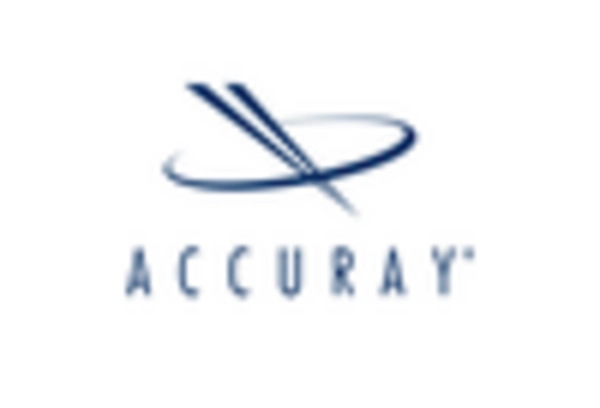

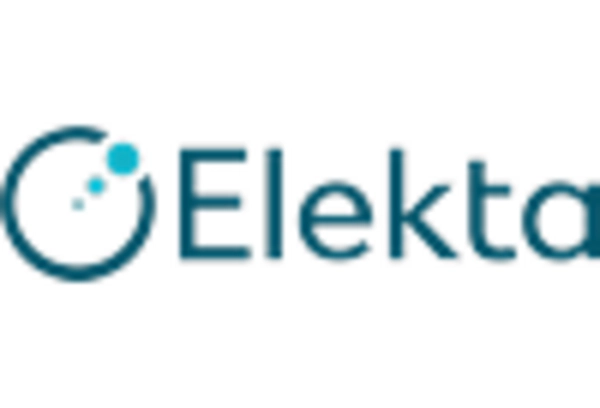

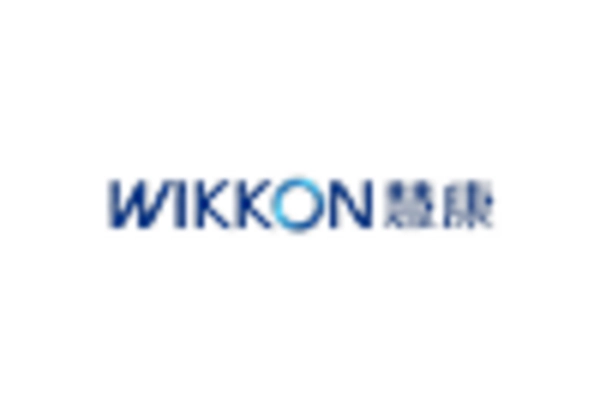
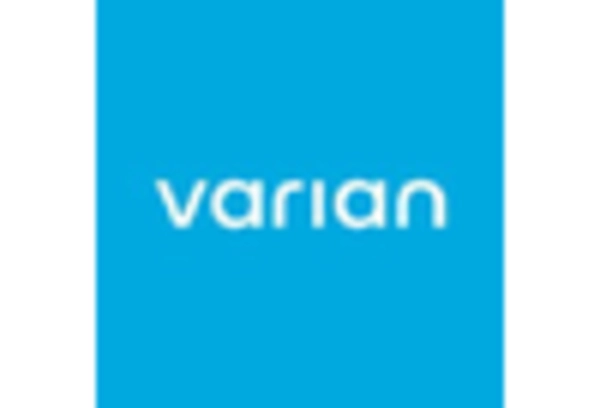








Leave a Comment